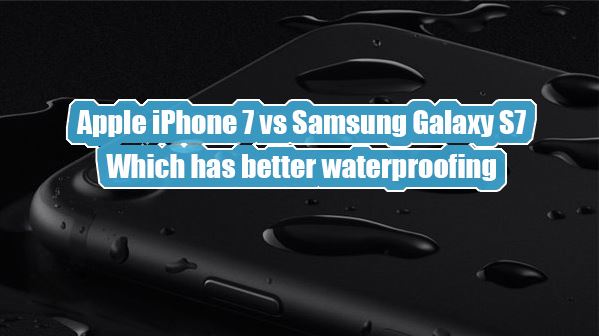What does ‘IP67’ actually mean?
IPhone 7 VS Samsung S7-International Protection Marking, or IP Code, consists of two numbers. The first marks how resistant to dust getting it into the inner workings of the device, the second how resistant to water ingress it is.
For dust:
- 4 = particles great than 1 mm in width
- 5 = prevention of dust interfering with satisfactory operation
- 6 = no ingress of dust at all for at least eight hours
For water:
- 4 = splashing water won’t nann the device
- 5= protecnon from water jets from a 6_3mm nozzle
- 6 = protecnon from more powerful water jets from a 12.5mm nozzle (6K is higher pressure rated)
- 7 = protection from immersion in up to 1m of fresh water (typically for 30 minutes)
- 8 = protection from immersion in at least trn fresh water (typicaHy 1.5m for 30 minutes)
- 9K = protection from close-range high pressure water jets
The iPhone 7 and 7 Plus are rated to IP67 standards, marked at 1m of fresh water for 30 minutes. Samsung’s latest top-end smartphones the Galaxy S7, Edgeand the troubled Note 7 are rated to IP68 standards, and so are technically more protected against water ingress.
So, there is not a big difference on waterproof features between iPhone 7 and Galaxy S7, Galaxy S7 could survive in O.5m depths more than iPhone 7, but Apple has warned officially that the waterproofing will be degrading with the equipment aging. Keep the phone away from water, and don’t charge it when the phone is wet
 Skip to content
Skip to content



